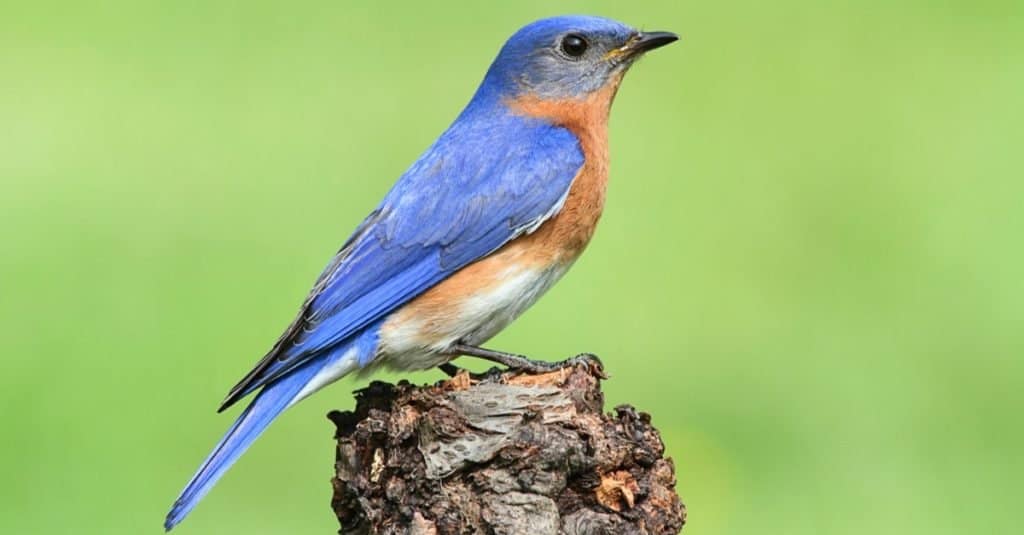San Diego County is known officially as the County of San Diego. In 2020, it had a population of 3,298,634. This makes it the second-most populated county in California and the fifth in the entirety of the United States. Its county seat is the large city of the same name, San Diego, which is known as the Birthplace of California.
San Diego County’s history can be traced back several hundred years to its origin. It was first settled by Europeans in 1542. It was first inhabited by several different Indigenous nations.
In this county, you’ll find more than 70 miles of California’s beautiful, sunny coastline. Toward the east, it is also home to several different mountains, hills, mesas, and even small canyons. Between its rich metropolitan areas and its bountiful nature opportunities, it’s no surprise that so many people choose to settle down or visit San Diego County!

From the highest point in the east to the seemingly endless stretch of coastline to the west, there is no shortage of nature in San Diego County!
©iStock.com/Thomas De Wever
San Diego County’s Highest Point

San Diego County features multiple mountain summits, including Hot Springs Mountain.
©Jason Finn/Shutterstock.com
The highest point in San Diego County is Hot Springs Mountain. This peak sits at an elevation of 6,533 feet. From heights like this, on a clear day, you can see the Pacific Ocean dozens of miles to the west!
Mt. Whitney, the highest point in California, is more than double the size of Hot Springs Mountain. It has a maximum elevation of 14,505 feet.

Where Is Hot Springs Mountain Located On A Map?
Hot Springs Mountain is one of the mountains in the Peninsular Ranges and part of the Los Coyotes Reservation near Warner Springs, California. Although the county it calls home also features San Diego, this mountain is located in a rather remote part of the area. In fact, it is 50 miles away from San Diego. It is 12 miles from Borrego Springs. The coordinates for this mountain are 33°18′55″N 116°34′47″W.
When Should You Go To Hot Springs Mountain?

You can hike Hot Springs Mountain, the highest point in San Diego County, with a permit.
©GaudiLab/Shutterstock.com
The trails surrounding Hot Springs Mountain are open to the public, but they are not public land. The Los Coyotes Reservation opens these trails up for public hiking and camping. You must pay a small fee of around $10 for hiking and day visits. The campgrounds typically open for reservations around September, with a fee of $25 a day.
There may be certain times of the year when a trip would be best. For example, during the winter months, the peak of Hot Springs Mountain may be covered in snow. This means that unless you are properly prepared for snowy, mountainous terrain, it may be best to reschedule a visit to this beautiful mountain.
Late summer and early fall tend to be the hottest time of year for this region. While the mountain provides a high elevation and thus cooler temperatures, this is also something to take into consideration.
Overall, one of the best times to visit Hot Springs Mountain is during the fall. This is because there is a generally mild climate and easy access to the mountain. However, visiting the highest point in San Diego County during this time will also unlock some amazing views. These may not be visible otherwise. During autumn, the leaves in the trees surrounding the mountain will shift colors, providing a beautiful display no matter where you’re located on the mountain. You can check with the tribal office to see if the mountain is open for visitors.
Can You Drive To Hot Springs Mountain?
Thankfully, if you don’t have the time to plan a hike, you can still enjoy this beautiful mountain by driving up to one of the many overlooks it has to offer, provided you follow the reservation’s guidelines. These are mainly located on the north and west faces of the mountain, providing you the perfect view of the countryside of California as well as San Diego and the Pacific Ocean in the distance. The roads to Hot Springs Mountain will also offer the option to visit several different picnic areas and the Hot Springs Mountain Tower. The Mountain Tower is a fire tower and may not be climbed.
What Is There To Do At Hot Springs Mountain?

You may see an
eastern bluebird
, robins, and other birds while visiting the mountain.
©Steve Byland/Shutterstock.com
The Los Coyotes Reservation opens its land for public camping and hiking. If you’re not interested in driving up the mountain, you can also attempt to hike it using the trails. Although popular, these trails can be challenging, and an entire loop typically takes up to six hours. As a result, it’s important to make sure you are prepared for such a hike in terms of both physical condition and supplies, as well as that you make sure to leave yourself enough daylight hours. You can get information on the reservation’s preferred hiking trail at the tribal ranger station.
Birding is also popular at the highest point in San Diego County. Bring your binoculars and look for kinglets, eastern bluebirds, thrushes, robins, and more! If you’re lucky, you may even see rarer species like the golden eagle or the American kestrel. Photography is also popular. This is because of the abundance of wildlife to be seen on the mountain as well as the beauty of nature here.
The photo featured at the top of this post is © iStock.com/Thomas De Wever
Thank you for reading! Have some feedback for us? Contact the AZ Animals editorial team.







